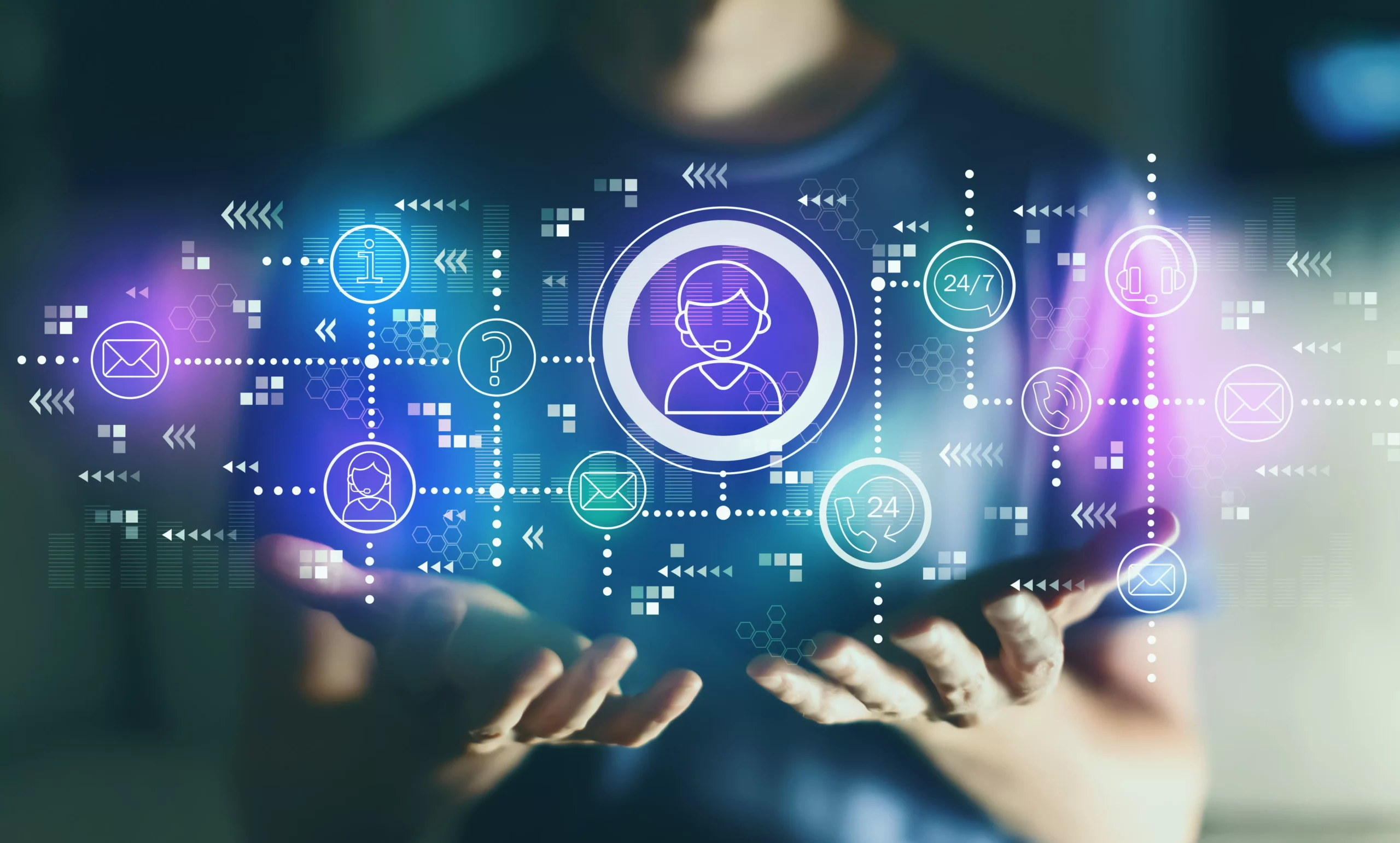What is omnichannel?

Today, with the advent of technology and the various communication channels that the internet offers, customer purchasing behaviors have changed. Neither the company nor the market sets the rules anymore; now, the customer is in charge.
Customers expect every interaction to be simple and agile, whether they are resolving a question, purchasing a product or service, receiving technical support, communicating a complaint, etc.
Moreover, they expect to be spoken to in their own language and terminology, through their preferred communication channels, all with the goal of ensuring a positive experience.
This expectation mirrors the internal service delivery within companies, such as in the IT department, where customers and users anticipate fast and high-quality responses and solutions.
They look to the IT service provider to help restore their operations and enable them.
Omnichannel: A unique relationship experience
In today’s world, with digital media and new forms of interaction between customer/user and provider, the concept of omnichannel is gaining momentum.
What is omnichannel?
Omnichannel refers to the integration of all existing communication channels in such a way that they are interconnected, allowing a customer to start a communication via one interaction channel and continue it through another.
These channels include:
- Phone
- Live Chat
- Facebook Messenger
- Chatbots
The omnichannel approach puts the customer at the center of the strategy.
Customer Experience
As organizations become more connected with their customers or users through new channels and devices, there is greater alignment between their needs and expectations.
Organizations centralize customer and user information, allowing them to better understand their behaviors and provide a more personalized experience.
This makes the organization more efficient in addressing and resolving requests and incidents.
Customers and consumers have already moved their presence and conversations to the digital environment, and companies must listen to them and interact with them. – Pepe López de Ayala, Head of LATAM Facebook
Benefits of Omnichannel Communication
- Creates new opportunities, ways to interact, and end-to-end service offerings.
- Improves the management of requests and incidents by centralizing the various communication channels. It simplifies IT operations.
- Enhances data collection thanks to visibility across multiple channels.
- Improves response times at the first contact, speeding up conversations with users by routing them to the available IT analyst or engineer.
- Provides a more personalized relationship experience, regardless of the channel used, improving customer perception and satisfaction.
- Generates economic benefits by optimizing the use of both human resources and information, and by saving time for both users and providers.
Omnichannel communication, combined with the delivery of exceptional IT services and personalized experiences, will define a competitive organization.
Are you interested in implementing an omnichannel strategy in your company but don’t know where to start? At icorp, we can help contact us.
This article has been translated using AI and may include errors.






